500 Hood Road, Suite 320Markham ONL3R 9Z3
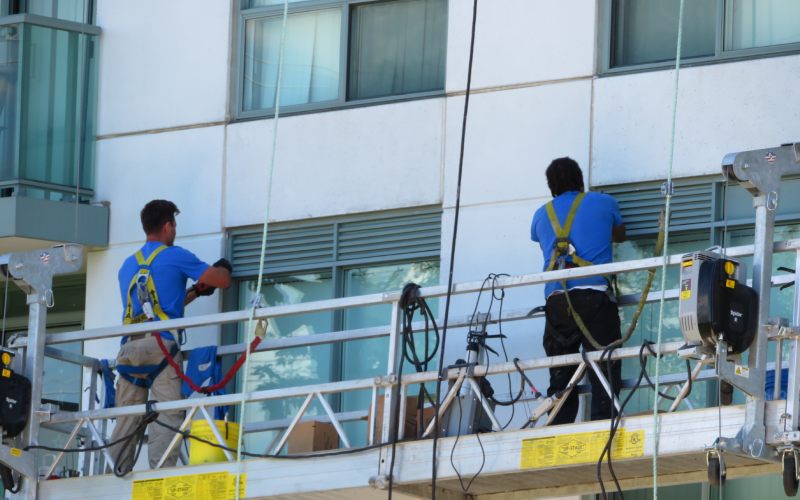
In recent years, there have been many innovations in the construction industry, as building owners are pushing for efficient, sustainable, and long-lasting commercial roofing system solutions. This includes advancements in the roofing industry. These technological advancements in techniques and materials means the roofs of commercial buildings can be expected to have a longer lifespan, perform better, and offer a host of other benefits.
Roofing contractors and building owners alike should stay current on advancements in commercial roofing systems and materials.
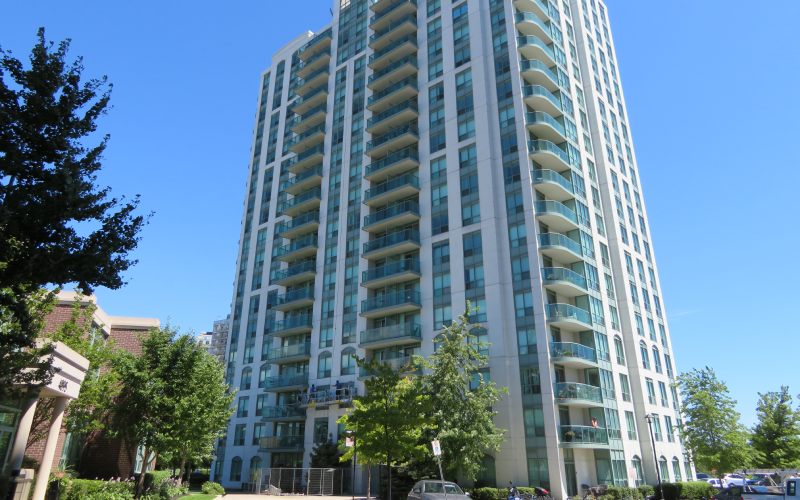
New roofing technologies are becoming more popular since building owners are expecting better options to lower energy consumption and improve their roofs' performance and durability. There is also a push for options to reduce a building's environmental impact. This means new technologies are more available and refined for better performance.
These new advancements can improve your building's energy efficiency, lowering energy consumption and cooling costs by reflecting heat and sun away, or through other techniques. You can feel better about your choices, with newer more sustainable technologies available, and keep clients and users of your building happier with eco-friendly options. New, innovative roofing technologies are composed of sustainable materials and are more environmentally friendly because of their increased efficiency.
Improved building materials and techniques are more durable and last longer. They have a high resistance to wear and tear, whether from debris, weather, people or equipment on the roof, and other forces. This means a longer lifespan and reduced maintenance needs to save owners money. This also makes them better at coping with extreme weather, such as high temperatures, winds, rain, and hail, for better safety and less damage to worry about.
New commercial roofing systems and materials are also more aesthetic, and able to be customized to fit the desired look of your building, improving the overall appearance.
Newer, improved roofing increases your property value, too. Because you are using roofing systems that are more efficient, attractive, and durable, buyers or renters will be more attracted to your building.
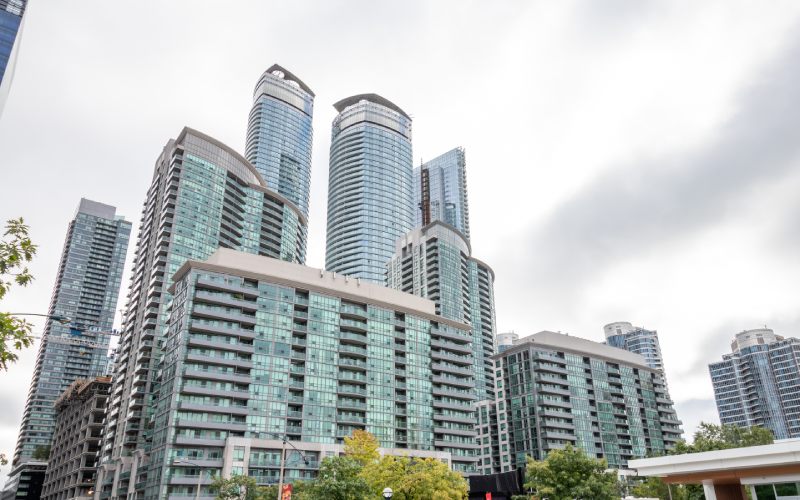
If you are looking at installing a new roof, or replacing or repairing an existing one, ask your licensed roofing contractor about newer options that are available.
Many commercial roofs are low slope metal roofs using corrugated galvanized steel. Copper, aluminum, stainless steel and tin are also common in commercial metal roofing. Metal roofing is durable, strong, and long lasting. However, a metal roofing solution tends to be more expensive than other types of flat roofs.
New techniques in standing seam roofing have improved the ease of installation, however, to help with roofing costs, such as vertical interlocking panels along the roof. Machine seaming on low slope metal roofing helps create watertight seal; seaming equipment is available that just needs to be rolled along the panels to seal the seams together.
This helps with drainage issues to reduce water-related damages, and a longer lifespan, for a more cost-effective commercial flat roofing.
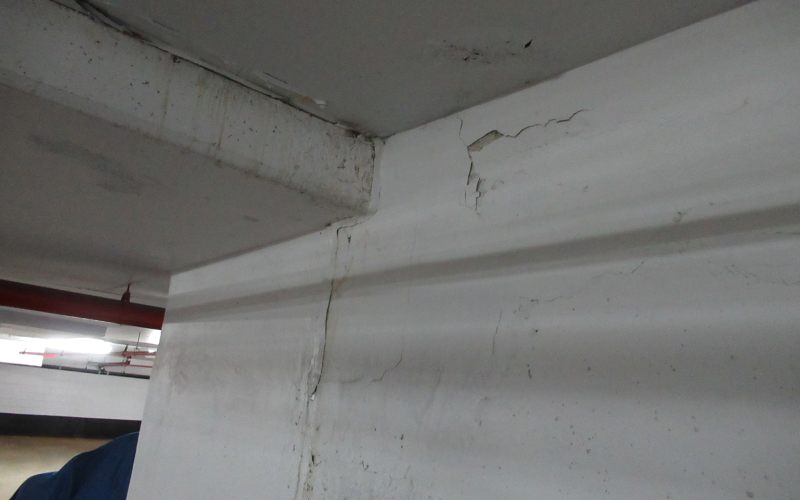
Prefabricated roof modules can be used for a flat roof for faster installation and lowered costs and waste. 3D printing of module elements is even starting to be used, allowing for more customization.
A cool roof is an environmentally friendly choice that is becoming more popular. They lower energy costs, reflecting sunlight and absorbing less heat, thus making buildings more comfortable. This can be achieved in a few different ways. New materials, including highly-reflective coatings and phase change materials, have been key in helping to achieve the excellent results that are now possible. New cool roofs are able to regulate temperature, even in temperature extremes, to improve energy efficiency.
This may seem more like a throwback than a technological advancement, but commercial buildings are starting to appreciate what these have to offer again, and new technologies make them more widely achievable and successful, including sturdy roofing membrane materials to maintain the roof's water tightness and integrity.
Also called vegetative roofing systems, these are an excellent eco-friendly option. A green roof involves soil and vegetation added on as a layer to a flat roof. An effective drainage system to support it also needs to be added. Greenery reduces the heat absorbed, and is a good insulator. Rainwater can be collected for reuse to add to sustainability. These roofs also absorb pollutants and carbon dioxide, further benefitting the environment. Energy costs can be significantly reduced.
Green roofing systems also offer stormwater control.

Solar roofs have become more possible recently. Traditionally, solar panels were overly delicate, but advancements have made them more usable, either as standalone panels or complete solar roofs. This makes them a feasible option for owners looking to improve their sustainability and reduce energy consumption.
A new trend is integrating technology into roofing systems. Sensors and other devices collect data to allow roofing systems to be optimized for cost-effectiveness and efficiency.
Ongoing improvements to roofing materials, including refinements to 'recipes' for modified bitumen and EPDM roofs or liquid-applied membranes, have greatly improved roofing system performance.
Roof insulation with new polymetric blends and glass fibre increase energy efficiency and achieve higher R-values. Flat roof membrane improvements using polyvinyl chloride and thermoplastic polyolefin enhance weatherproofing and water tightness. Improvements in fireproof roofing offer better fire resistance and safety. New synthetic roofing is offering more choices for lighter, stronger, and cheaper roofs that work well with green roofs and other eco-friendly roofing system technologies, as well as offering more aesthetic options.
At ABSI, we offer roofing system inspections and other building envelope engineering services, to support you, whatever roofing system you choose, and whatever commercial building type you have.
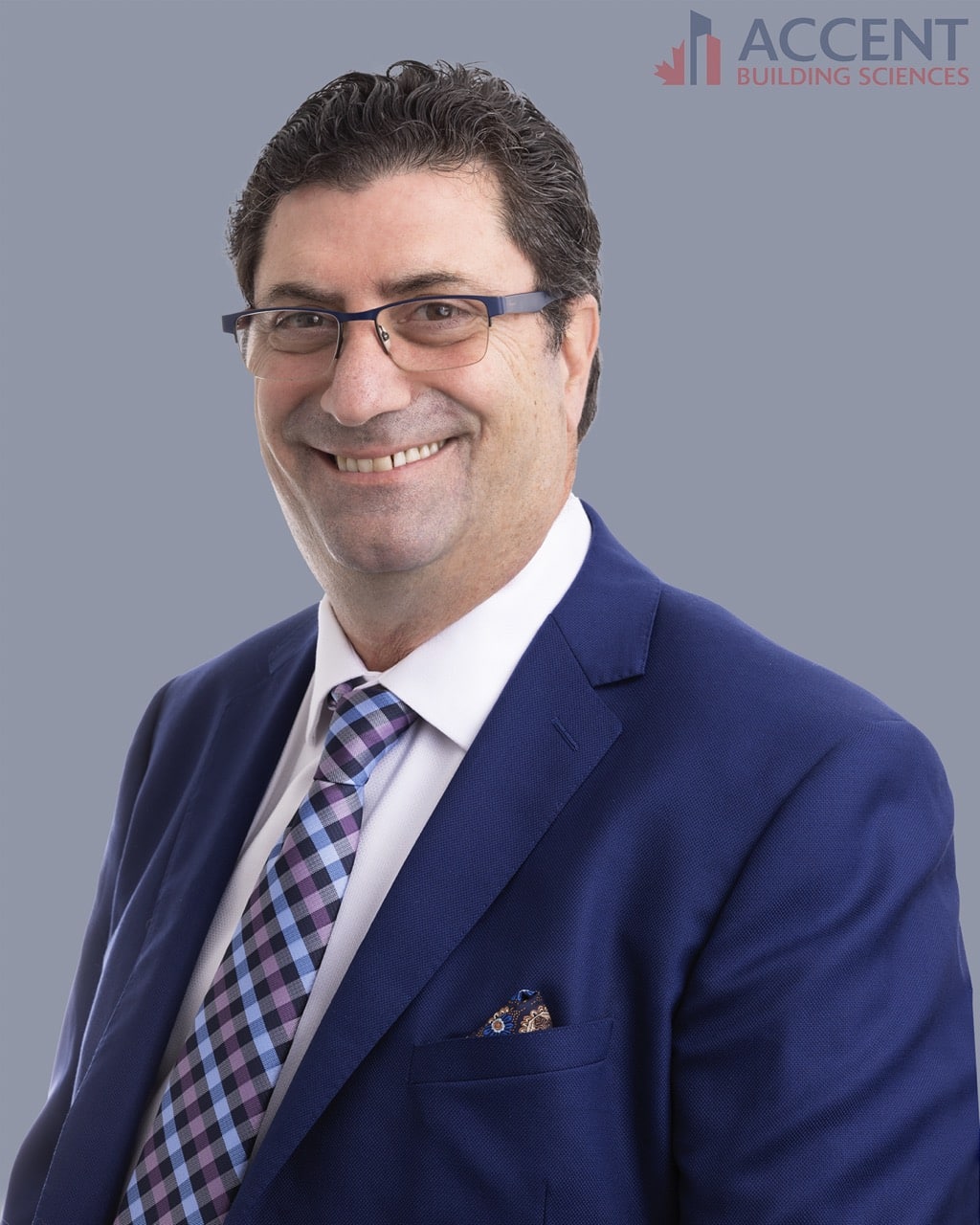
Naji Hassan, a renowned professional in Building Science and Engineering, brings a wealth of knowledge and experience to his field. Educated at Beirut Arab University and Harvard Business School Online, Hassan has honed his expertise in structural and municipal engineering, building science, and business management. As the President of Accent Building Sciences and an experienced Senior Project Manager, he has made significant strides in building envelope engineering, building condition assessments, and energy retrofit programs. His commitment to innovation and excellence is evident in his approach to large-scale project management and his active participation in industry organizations. Hassan is not only a leader in his field but also a prolific writer and thought leader. He regularly shares his insights and experiences through articles on LinkedIn, which can be found at LinkedIn Articles. Additionally, he maintains a blog where he delves deeper into various aspects of building science, accessible at Accent Building Sciences Blog. Outside of his professional pursuits, Hassan enjoys travel, golf, languages, gardening, and music, reflecting his diverse interests and well-rounded character. Naji Hassan's journey in building science and engineering is not just a career but a testament to his lifelong dedication to learning, teaching, and inspiring others in his field.

500 Hood Road, Suite 320Markham ONL3R 9Z3